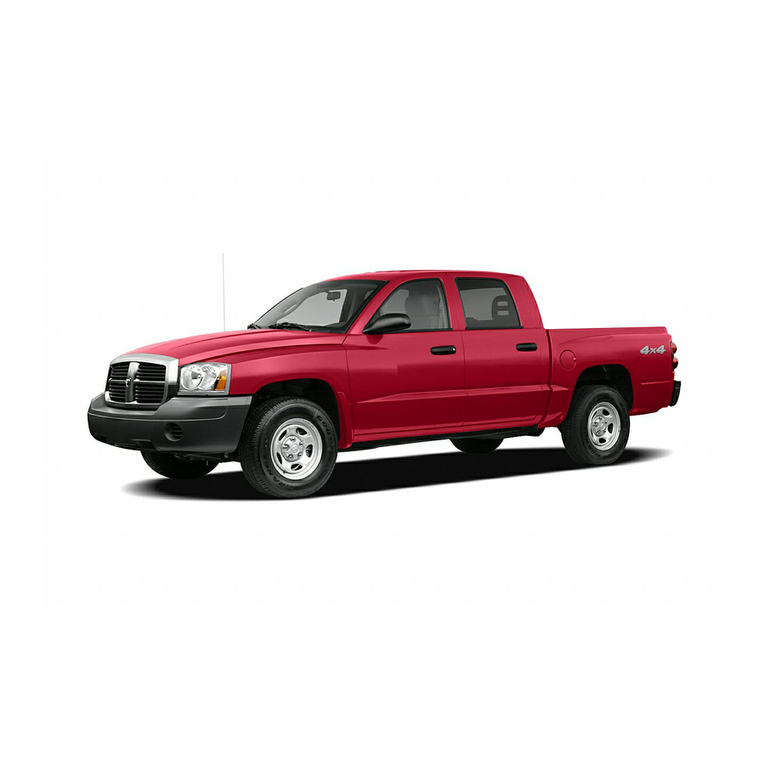Chevrolet 1973 Camaro User manual
Other Chevrolet Automobile manuals
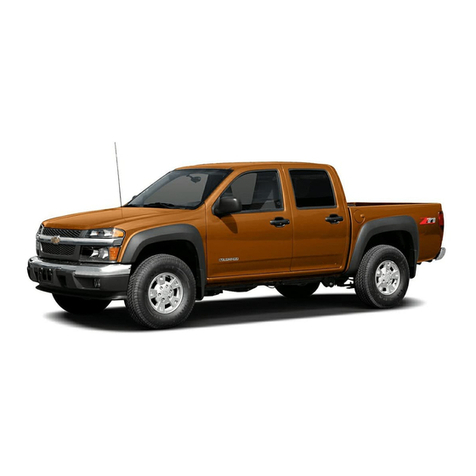
Chevrolet
Chevrolet 2004 Colorado User manual

Chevrolet
Chevrolet TrailBlazer User manual
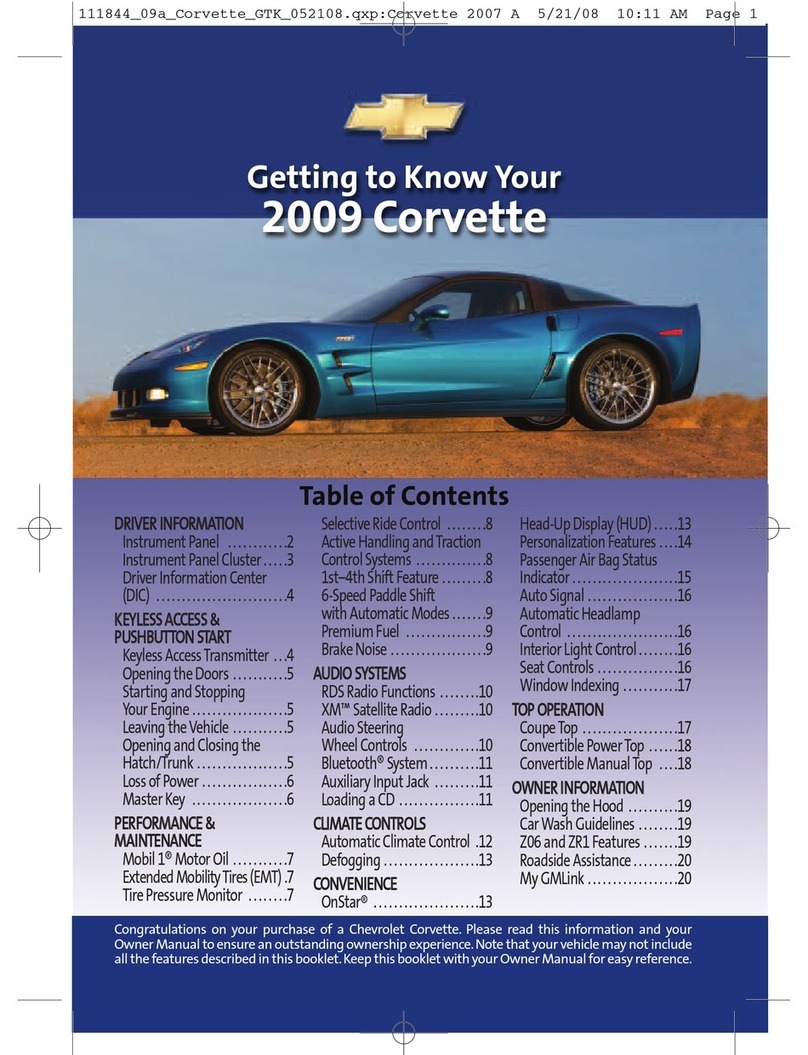
Chevrolet
Chevrolet 2009 Corvette User manual
Chevrolet
Chevrolet 2004 Tracker User manual
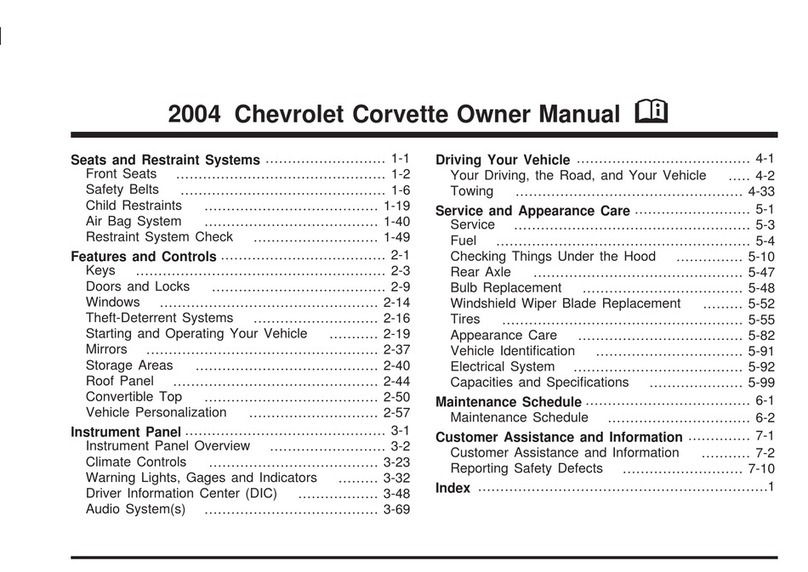
Chevrolet
Chevrolet 2004 Corvette User manual
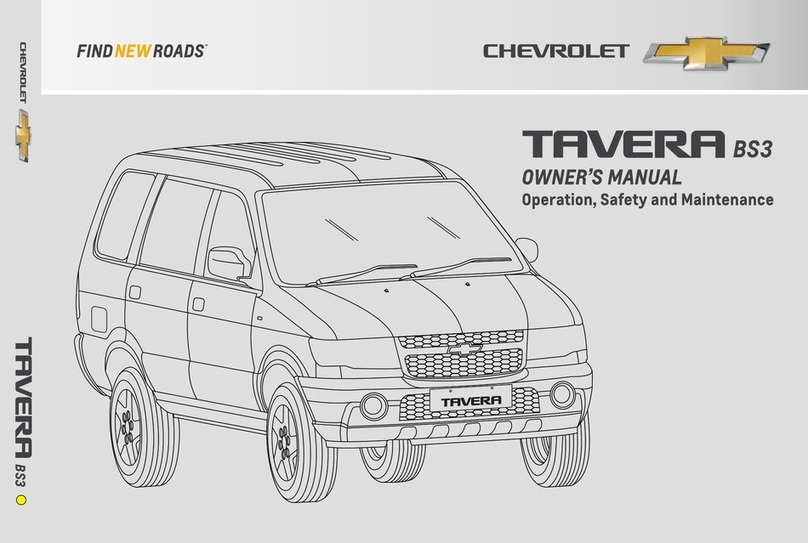
Chevrolet
Chevrolet Tavera BS3 User manual

Chevrolet
Chevrolet 2012 Malibu User manual

Chevrolet
Chevrolet BOLT EV Specification sheet

Chevrolet
Chevrolet Malibu 2015 Assembly instructions

Chevrolet
Chevrolet 1956 Truck User manual
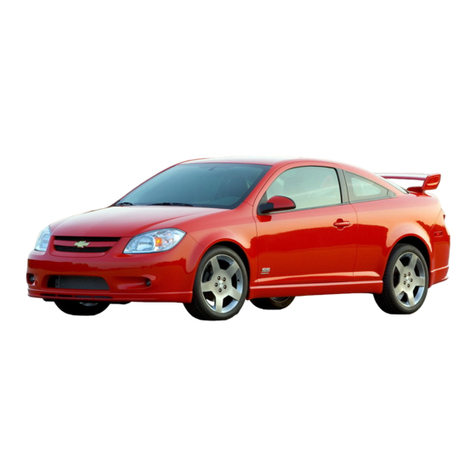
Chevrolet
Chevrolet Cobalt 2005 User manual
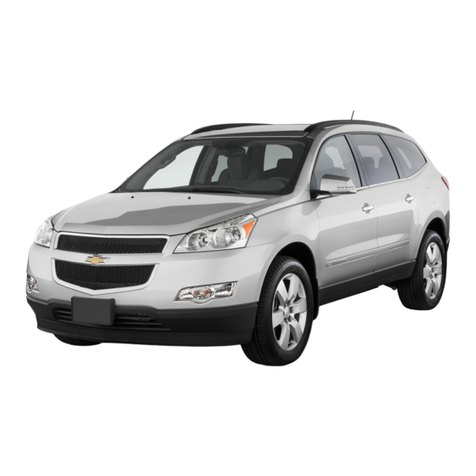
Chevrolet
Chevrolet Traverse 2012 User manual
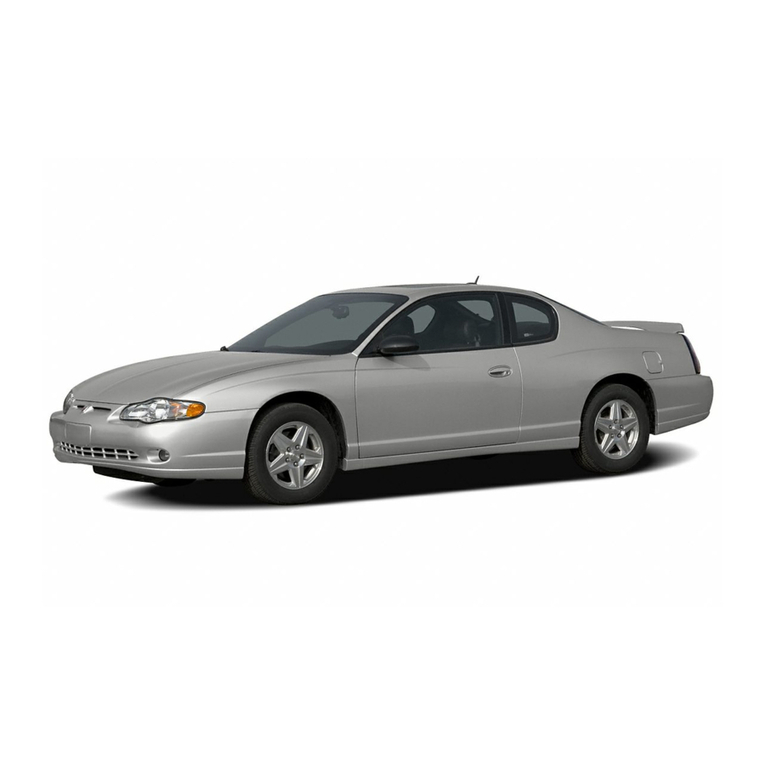
Chevrolet
Chevrolet MONTE CARLO 2005 User manual
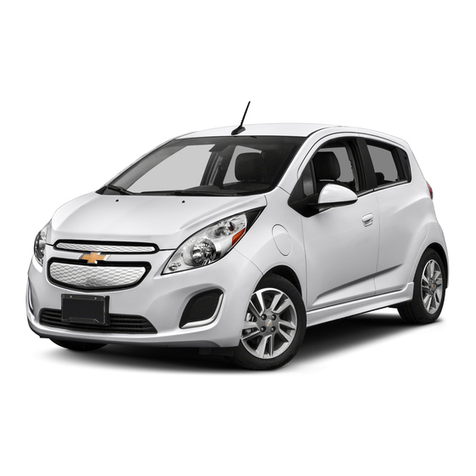
Chevrolet
Chevrolet Spark EV User manual
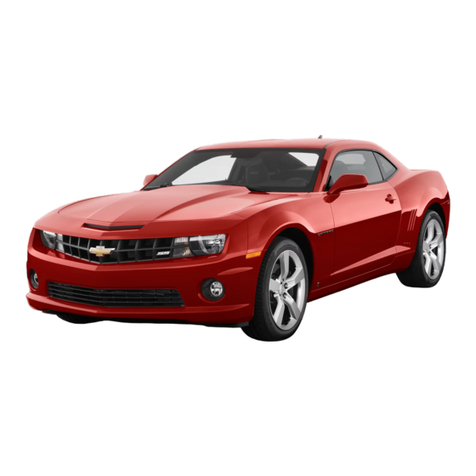
Chevrolet
Chevrolet 2011 Camaro User manual

Chevrolet
Chevrolet 2003 Express Van User manual

Chevrolet
Chevrolet 1999 Camaro User manual

Chevrolet
Chevrolet 1993 Lumina User manual

Chevrolet
Chevrolet 2014 CORVETTE Installation guide

Chevrolet
Chevrolet 1994 Cavalier User manual





















